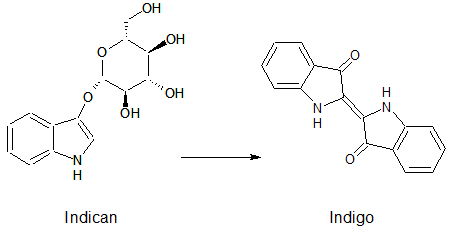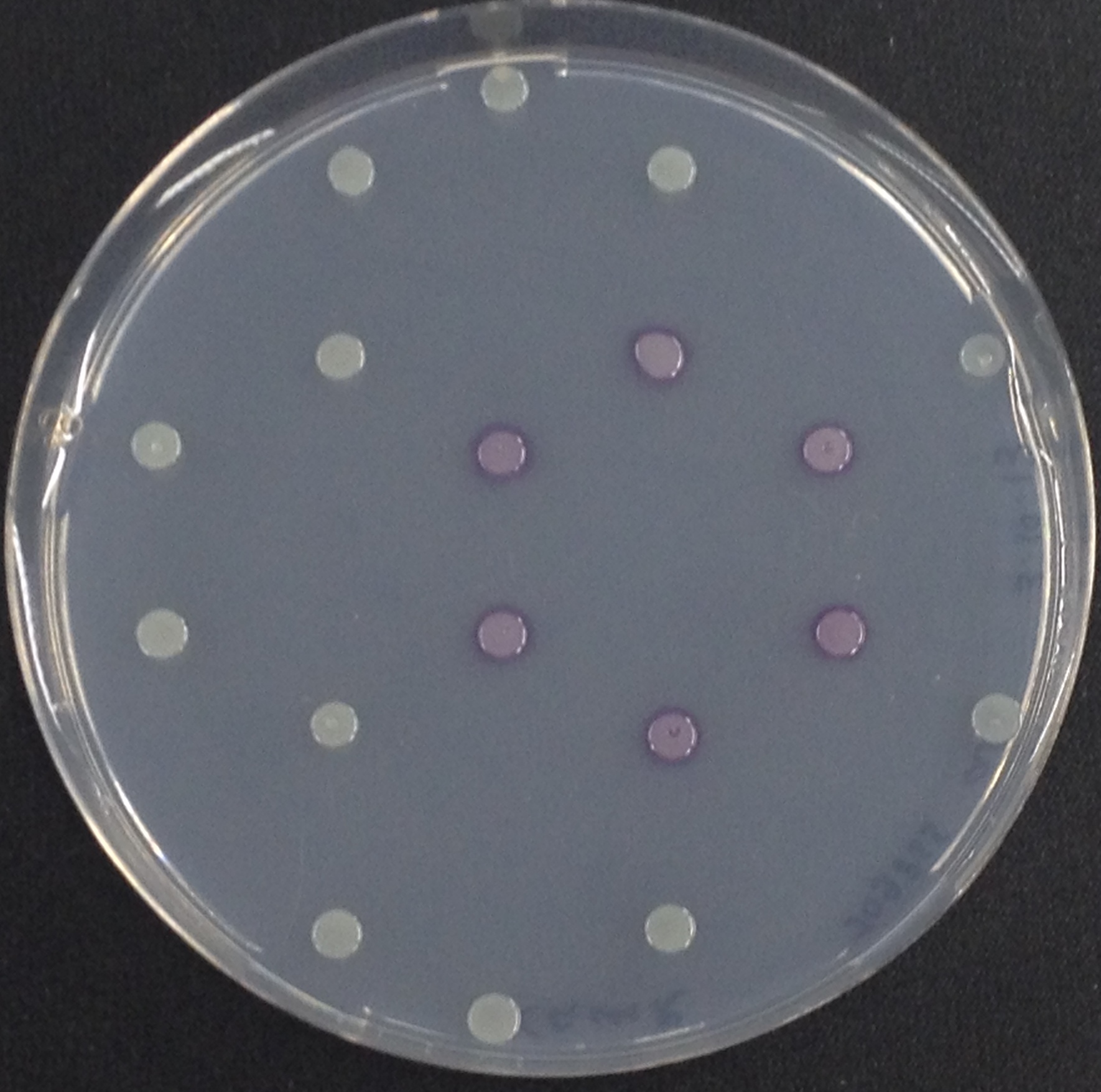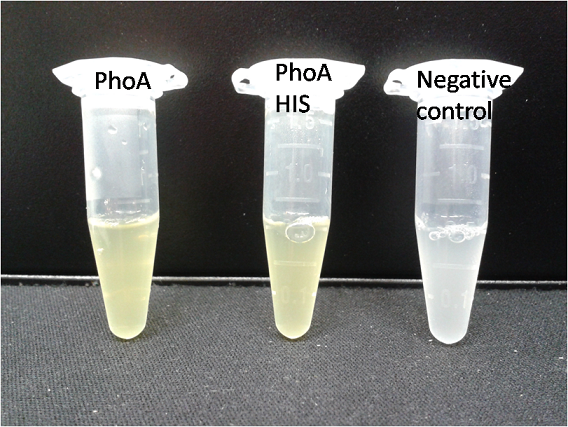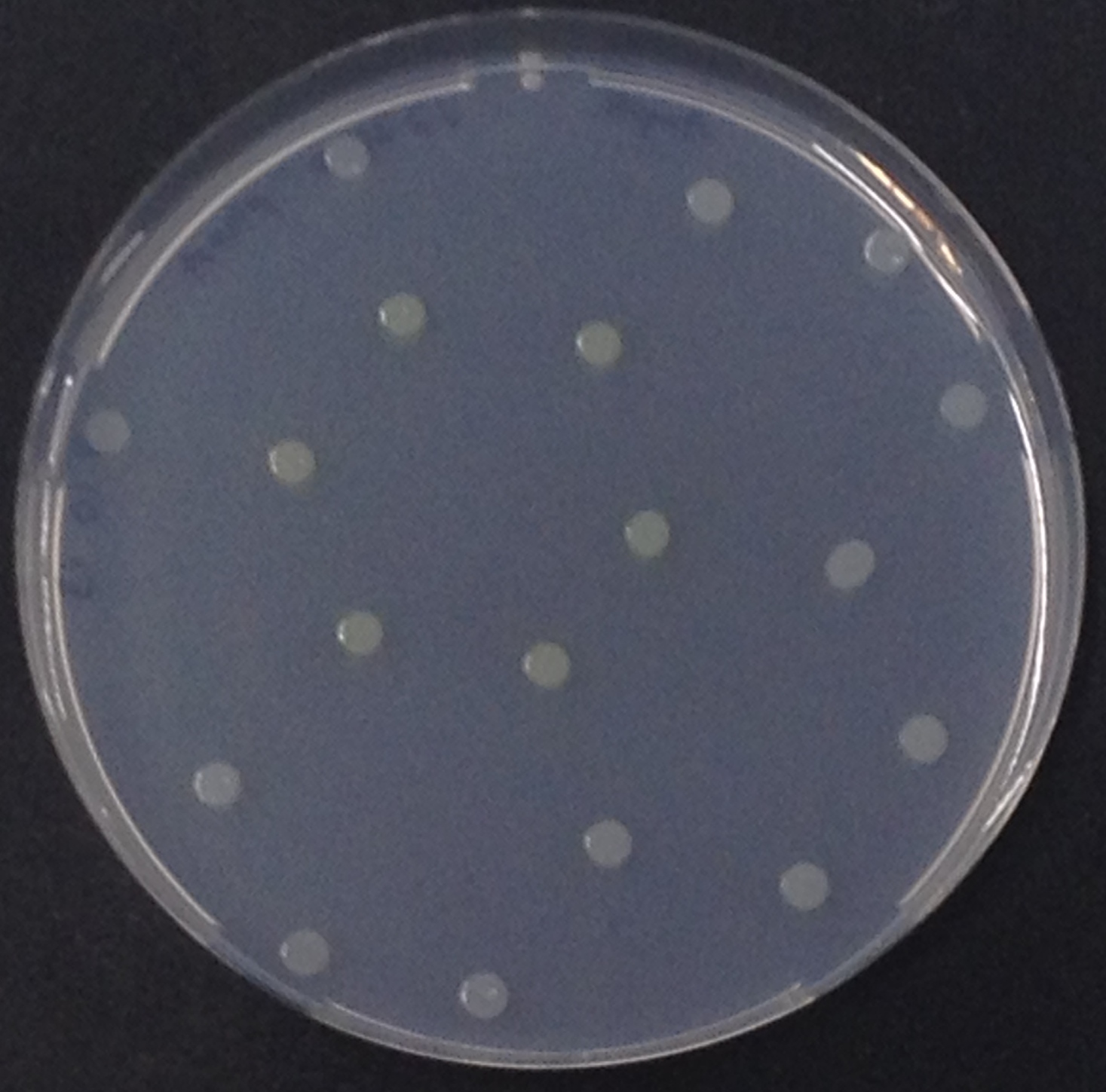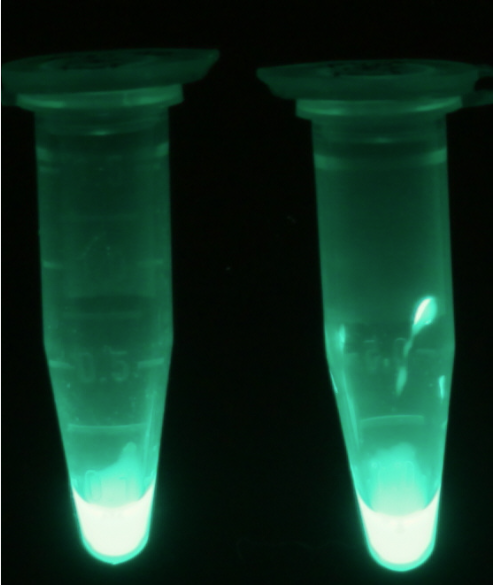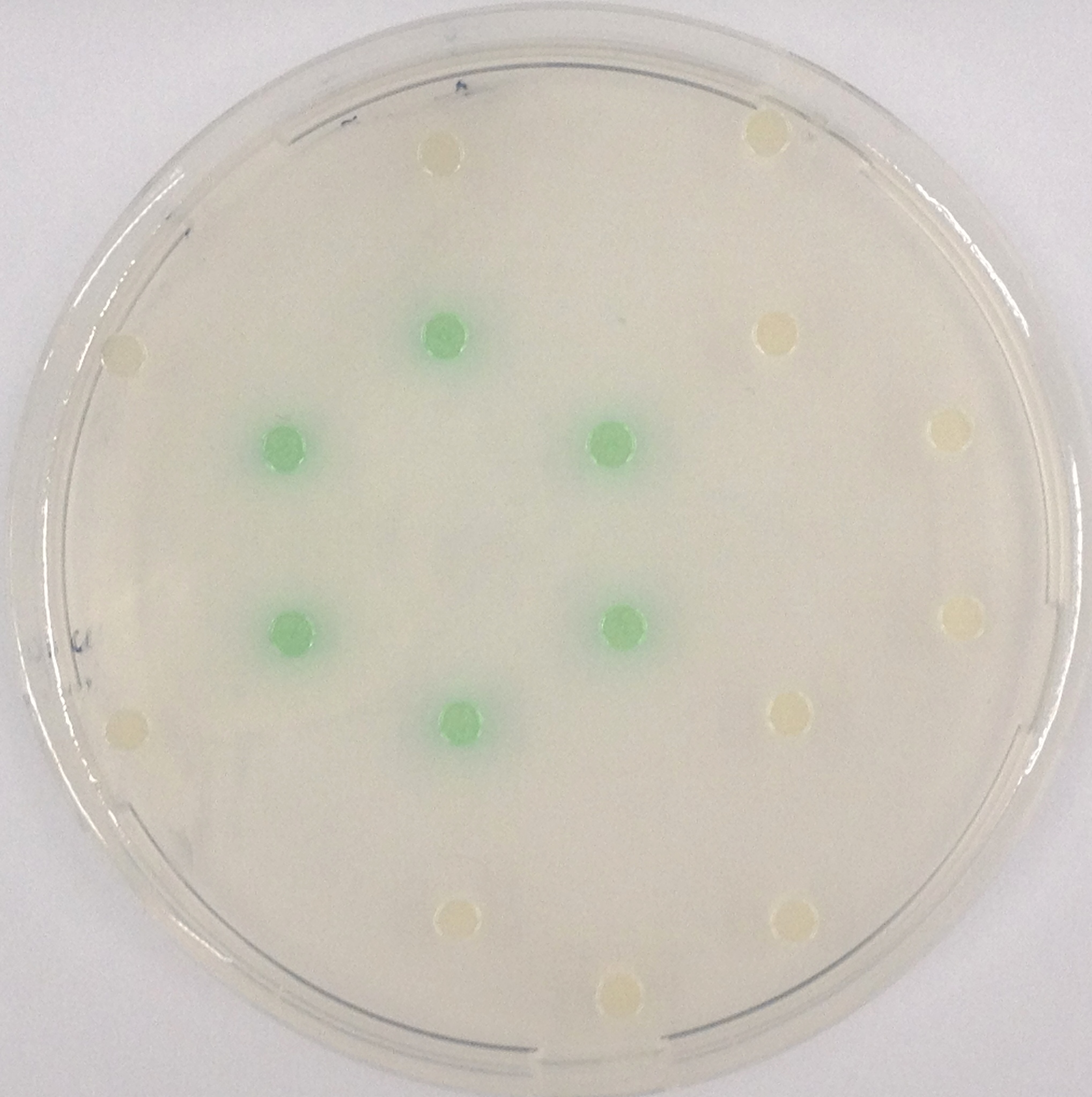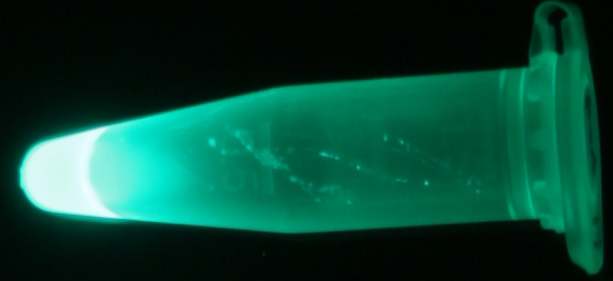Team:ETH Zurich/Experiments 3
From 2013.igem.org
| Line 14: | Line 14: | ||
In Colisweeper, the set of enzyme-substrate pairs are chosen as illustrated in the following table:</p> | In Colisweeper, the set of enzyme-substrate pairs are chosen as illustrated in the following table:</p> | ||
<br clear="all"/> | <br clear="all"/> | ||
| - | |||
| - | |||
| - | |||
| - | |||
| - | |||
| - | |||
| - | |||
| - | |||
| - | |||
| - | |||
| - | |||
| - | |||
| - | |||
| - | |||
| - | |||
| - | |||
| - | |||
| - | |||
| - | |||
| - | |||
| - | |||
| - | |||
| - | |||
| - | |||
| - | |||
| - | |||
| - | |||
| - | |||
| - | |||
| - | |||
| - | |||
| - | |||
| - | |||
| - | |||
| - | |||
| - | |||
| - | |||
| - | |||
| - | |||
| - | |||
| - | |||
| - | |||
| - | |||
| - | |||
| - | |||
| - | |||
| - | |||
| - | |||
| - | |||
| - | |||
| - | |||
| - | |||
| - | |||
| - | |||
| - | |||
| - | |||
| - | |||
| Line 83: | Line 26: | ||
<h1>Alkaline phosphatase(PhoA)</h1> | <h1>Alkaline phosphatase(PhoA)</h1> | ||
| + | [[File:PhoA_PhoA_his_compared_colored.png|thumb|right|200px|<b>Figure 1.</b> Liquid culture from <i>Escherichia coli</i> overexpressing PhoA or PhoA-His respectively after reacting with pNPP. The negative control tube contains liquid culture without pNPP.]] | ||
| - | < | + | To test the functionality of this alkaline phosphatase, liquid culture of <i>Escherichia coli</i> overexpressing this hydrolase was was grown until an OD<sub>600</sub> of 0.4 - 0.6 was reached before addition of ''p''-nitrophenyl phosphate (pNPP) to a final concentration of 5 µM. This substrate gives rise to yellow color after hydrolysis by the alkaline phosphatase. In the Colisweeper game, substrates are pipetted onto colonies. Figure Bla shows color development on colonies five minutes after addition of 1.5 µl of a 0.5 M pNPP solution.<br clear="all"/> |
| - | [[File:PhoA and pNPP.jpeg| | + | |
| - | [[File:PhoAReaction2.png|center | + | [[File:PhoA and pNPP.jpeg|thumb|right|200px| <b>Figure 2.</b> Colonies of ''Escherichia coli'' overexpressing the ''Citrobacter'' alkaline phosphatase. Colonies produce yellow color after addition of pNPP.]] |
| - | + | ||
| - | <b> | + | [[File:PhoAReaction2.png|frame|center|<b>Figure 3.</b> Liquid culture from <i>Escherichia coli</i> overexpressing alkaline phosphatase after reacting with pNPP.]] |
| - | <b> | + | |
| - | + | <b>Purification of PhoA-HIS tagged protein</b> | |
| - | [[File:Phoahis.png|left|400px|thumb|<b>Figure 1. | + | [[File:Phoahis.png|left|400px|thumb|<b>Figure 1. PhoA-HIS-tag characterization by western blotting</b> The red stripe indicates the anti-anti-HIS antibody carrying the red fluorescent dye. The white circles indicate the PhoA-HIS protein in the SDS-PAGE gel as well as on the western blot membrane. The molecular weight of this protein is 53kDa.]] |
<br clear="all"/> | <br clear="all"/> | ||
| + | |||
| + | <br><b>Enzyme kinetics</b> | ||
| + | [[File:PhoA_fluorescent.png|thumb|right|206px|<b>Figure 3.</b> Cell lysate from <i>Escherichia coli</i> overexpressing alkaline phosphatase after reacting with 4-MU-phosphate.]] | ||
| + | For the kinetics assay, we tested both the ''Citrobacter'' ''phoA'' and ''phoA''-HIS encoded proteins with the fluorescent substrate 4-MU-phosphate. The picture on the right was taken with a common single lens reflex camera mounted on a dark hood at λ<sub>Ex</sub> 365 nm. | ||
| + | [[File:phoa_fluorescent_reaction.png|frame|center|<b>Figure 4. Enzymatic reaction of PhoA with 4-MU-phosphate.</b>]] | ||
| + | To characterize the enzymes, we conducted fluorometric assays to obtain K<sub>m</sub> values. Bacterial cells were harvested and lysed, and the cell free extract (CFX) was then collected for the fluorometric assay. The properly diluted CFX was measured on a 96 well plate in triplicates per substrate concentration. A plate reader took measurements at λ<sub>Ex</sub> 365 nm and λ<sub>Em</sub> 445 nm. | ||
| + | The obtained data was evaluated and finally fitted to Michaelis-Menten-Kinetics with SigmaPlot™: | ||
| + | [[File:PhoA and phoAHIS kinetics.png|frame|center|500px|<b>Figure 5.</b> Michaelis-Menten-Kinetics of alkaline phosphatase cell lysate from <i>Escherichia coli</i> overexpressing the ''Citrobacter'' alkaline phosphatase: plots velocity versus substrate concentration (2.5 μL, 5 μL, 10 μL, 30 μL, 60 μL, 120 μL, 240 μL) in 20 mM Tris buffer of pH 8. A kinetic value for K<sub>m</sub> obtained by fitting the raw data to standard the Michaelis Menten equation; K<sub>m</sub> = 105.9 ± 5.3 μM. All assays were carried out in triplicates, results are presented as means.]] | ||
| + | |||
| + | <br clear="all"/><br> | ||
| + | |||
| Line 107: | Line 62: | ||
<h1>Beta-glucuronidase(GusA)</h1> | <h1>Beta-glucuronidase(GusA)</h1> | ||
| - | + | [[File:GusA_colored.png|frame|right|<b>Figure 1.</b> Liquid culture from <i>Escherichia coli</i> overexpressing β-glucuronidase after reacting with Salmon-β-glucuronide.]] | |
| - | <b> | + | To test the functionality of β-glucuronidase, a liquid culture of <i>Escherichia coli</i> overexpressing β-glucuronidase was grown until an OD<sub>600</sub> of 0.4 - 0.6 was reached before addition of Salmon-β-glucuronide, a substrate for β-glucuronidase which produces a rose color after cleavage. The final concentration of the substrate in liquid culture was 1 mM and the full conversion of this substrate was reached by overnight incubation at 37°C. <br clear="all"/> |
| - | [[File:GusAReaction.png|center]] | + | [[File:GusAReaction.png|frame|center|<b>Figure 2.</b> Enzymatic reaction of β-glucuronidase with the chromogenic substrate Salmon-β-glucuronide.]] |
| - | <br | + | <br><b>Enzyme kinetics</b> |
| - | <b> | + | [[File:GusA_fluorescent.png|thumb|right|<b>Figure 3.</b> Cell lysate from <i>Escherichia coli</i> overexpressing β-glucuronidase after reacting with 4-MU-β-D-Glucuronide.]] |
| - | <b> | + | For the kinetics assay, we tested both ''gusA'' and ''gusA''-HIS encoded proteins with the fluorescent substrate 4-MU-β-D-Glucuronide. The picture on the right was taken with a common single lens reflex camera mounted on a dark hood at λ<sub>Ex</sub> 365 nm. |
| + | [[File:gusa_fluorescent_reaction.png|frame|center|<b>Figure 4.</b> Enzymatic reaction of β-glucuronidase with the fluorogenic substrate 4-MU-β-D-Glucuronide.]] | ||
| + | To characterize the enzymes, we conducted fluorometric assays to obtain K<sub>m</sub> values. Bacterial cells were harvested and lysed, and the cell free extract (CFX) was then collected for the fluorometric assay. The properly diluted CFX was measured on a 96 well plate in triplicates per substrate concentration. A plate reader took measurements at λ<sub>Ex</sub> 365 nm and λ<sub>Em</sub> 445 nm. | ||
| + | The obtained data was evaluated and finally fitted to Michaelis-Menten-Kinetics with SigmaPlot™: | ||
| + | [[File:GusA and gusAHIS kinetics.png|frame|center|<b>Figure 5. Michaelis-Menten-Kinetics of <i>Escherichia coli</i> overexpressing ''gusA'' and ''gusA''-HIS:</b> plots velocity versus substrate concentration (8 μL, 16 μL, 32 μL, 65 μL, 130 μL, 260 μL, 520 μL)) in 20 mM Tris buffer of pH 8. A kinetic value for K<sub>m</sub> obtained by fitting the raw data to standard the Michaelis Menten equation; K<sub>m</sub> = 141.1 ± 5.3 μM. All assays were carried out in triplicates, results are presented as means.]] | ||
<br clear="all"/> | <br clear="all"/> | ||
Revision as of 01:11, 5 October 2013
Contents |
Enzyme-substrate reactions
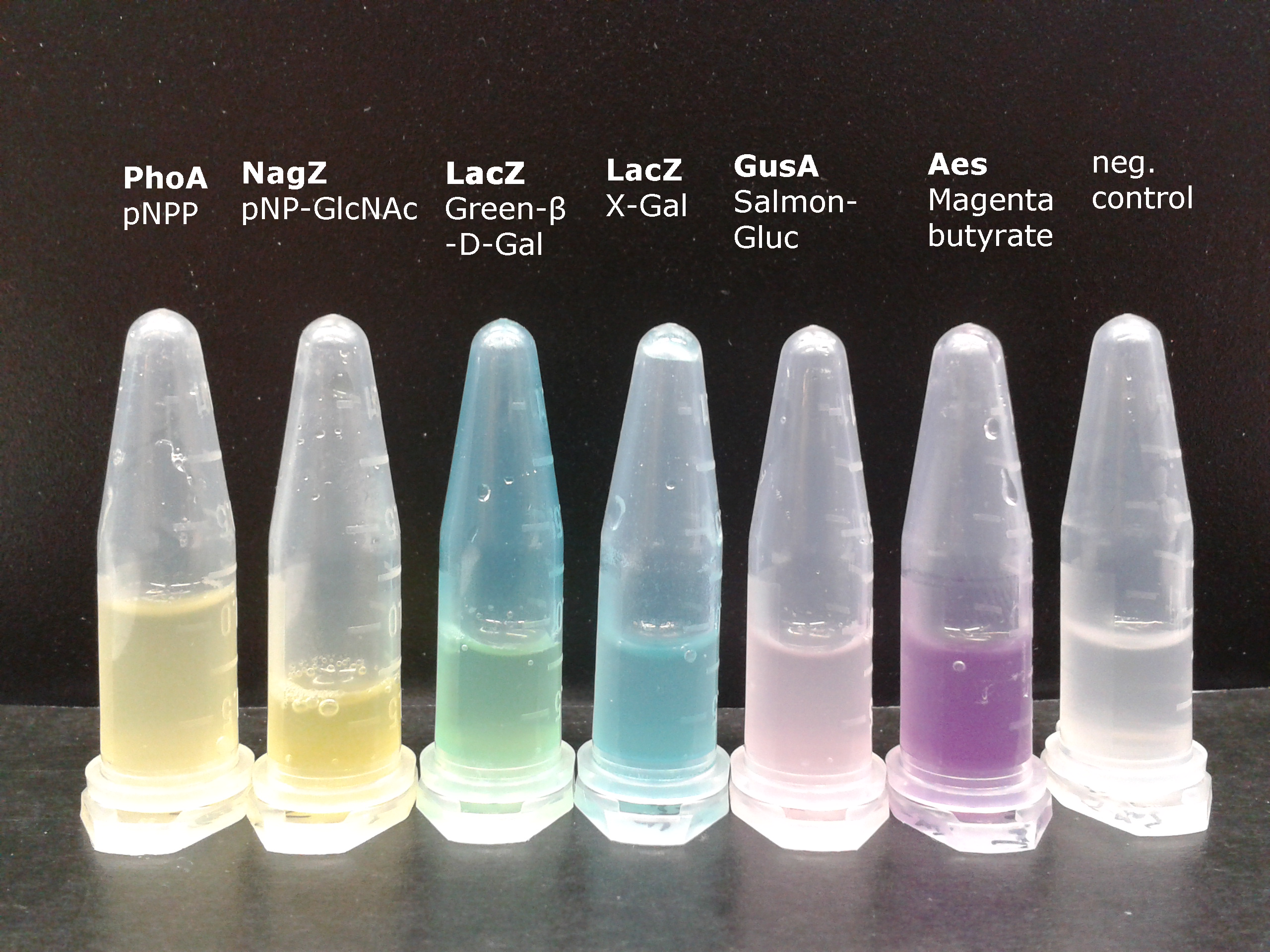
To generate visible output by adding substrates to colonies in Colisweeper, we made use of orthogonal enzyme-substrate reactions. A set of chromogenic substrates was chosen to produce different colors depending on the abundant hydrolases and thereby to uncover the identity of each colony to the player.
Chromogenic substrates incorporate a chromophore whose absorbance properties change after the enzyme reaction, and the color signal produced then is directly related to the enzyme-catalyzed reaction.
Indican is a chromogenic glycoside hydrolase substrate which belongs to a family of natural glycosides found in plants. Cleavage of the glycosidic bond forms an unstable hydroxyindole intermediate, which dimerizes by oxidation to form indigo as a blue precipitate:
Numerous enzyme substrates have been designed following this natural product example, giving rise to many colored phenols that are used to detect enzyme activities.
As shown in Figure 1, some of the hydrolases used in the Colisweeper reporter system can catalyze hydrolysis of various substrates, with different chromophores that give rise to a wide range of colors. This variety of substrates and color outputs enables change of positions and function of these enzymes. Other possible substrates that can be used for the enzymes of the Colisweeper reporter system can be found in the Hydrolases section.
In Colisweeper, the set of enzyme-substrate pairs are chosen as illustrated in the following table:
Acetyl esterase(Aes)
Colorimetric response in liquid culture
Colorimetric response on LB-Agar
Alkaline phosphatase(PhoA)
To test the functionality of this alkaline phosphatase, liquid culture of Escherichia coli overexpressing this hydrolase was was grown until an OD600 of 0.4 - 0.6 was reached before addition of p-nitrophenyl phosphate (pNPP) to a final concentration of 5 µM. This substrate gives rise to yellow color after hydrolysis by the alkaline phosphatase. In the Colisweeper game, substrates are pipetted onto colonies. Figure Bla shows color development on colonies five minutes after addition of 1.5 µl of a 0.5 M pNPP solution.
Purification of PhoA-HIS tagged protein

Enzyme kinetics
For the kinetics assay, we tested both the Citrobacter phoA and phoA-HIS encoded proteins with the fluorescent substrate 4-MU-phosphate. The picture on the right was taken with a common single lens reflex camera mounted on a dark hood at λEx 365 nm.
To characterize the enzymes, we conducted fluorometric assays to obtain Km values. Bacterial cells were harvested and lysed, and the cell free extract (CFX) was then collected for the fluorometric assay. The properly diluted CFX was measured on a 96 well plate in triplicates per substrate concentration. A plate reader took measurements at λEx 365 nm and λEm 445 nm. The obtained data was evaluated and finally fitted to Michaelis-Menten-Kinetics with SigmaPlot™:
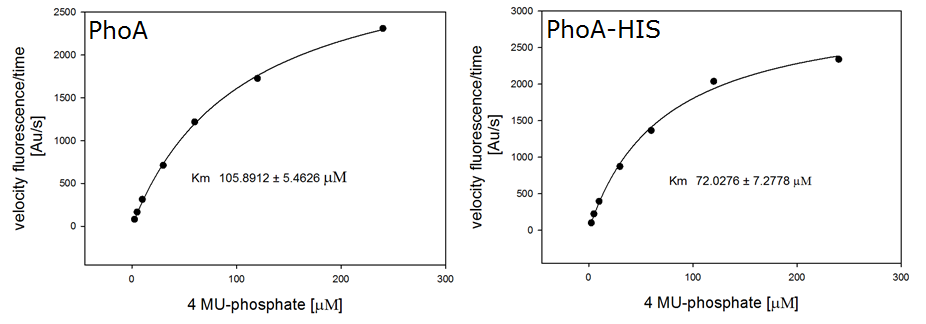
Beta-galactosidase(LacZ)
Colorimetric response in liquid culture
Colorimetric response on LB-Agar
Beta-glucuronidase(GusA)
To test the functionality of β-glucuronidase, a liquid culture of Escherichia coli overexpressing β-glucuronidase was grown until an OD600 of 0.4 - 0.6 was reached before addition of Salmon-β-glucuronide, a substrate for β-glucuronidase which produces a rose color after cleavage. The final concentration of the substrate in liquid culture was 1 mM and the full conversion of this substrate was reached by overnight incubation at 37°C.
Enzyme kinetics
For the kinetics assay, we tested both gusA and gusA-HIS encoded proteins with the fluorescent substrate 4-MU-β-D-Glucuronide. The picture on the right was taken with a common single lens reflex camera mounted on a dark hood at λEx 365 nm.
To characterize the enzymes, we conducted fluorometric assays to obtain Km values. Bacterial cells were harvested and lysed, and the cell free extract (CFX) was then collected for the fluorometric assay. The properly diluted CFX was measured on a 96 well plate in triplicates per substrate concentration. A plate reader took measurements at λEx 365 nm and λEm 445 nm. The obtained data was evaluated and finally fitted to Michaelis-Menten-Kinetics with SigmaPlot™:
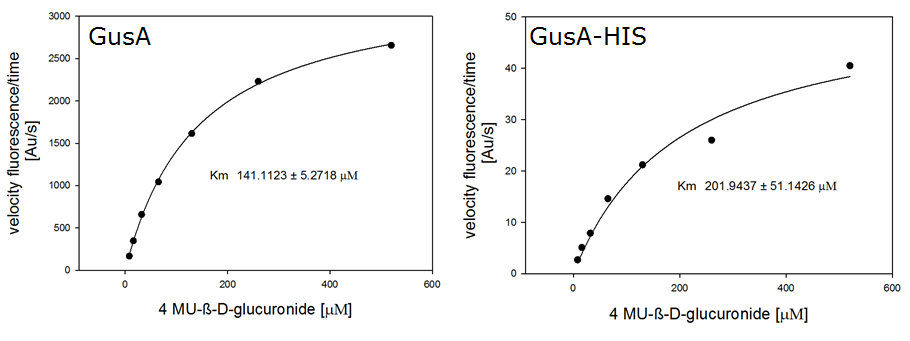
β-N-Acetylglucosaminidase(NagZ)
Chemical conversion
Colorimetric response in liquid culture
Colorimetric response on LB-Agar
 "
"


